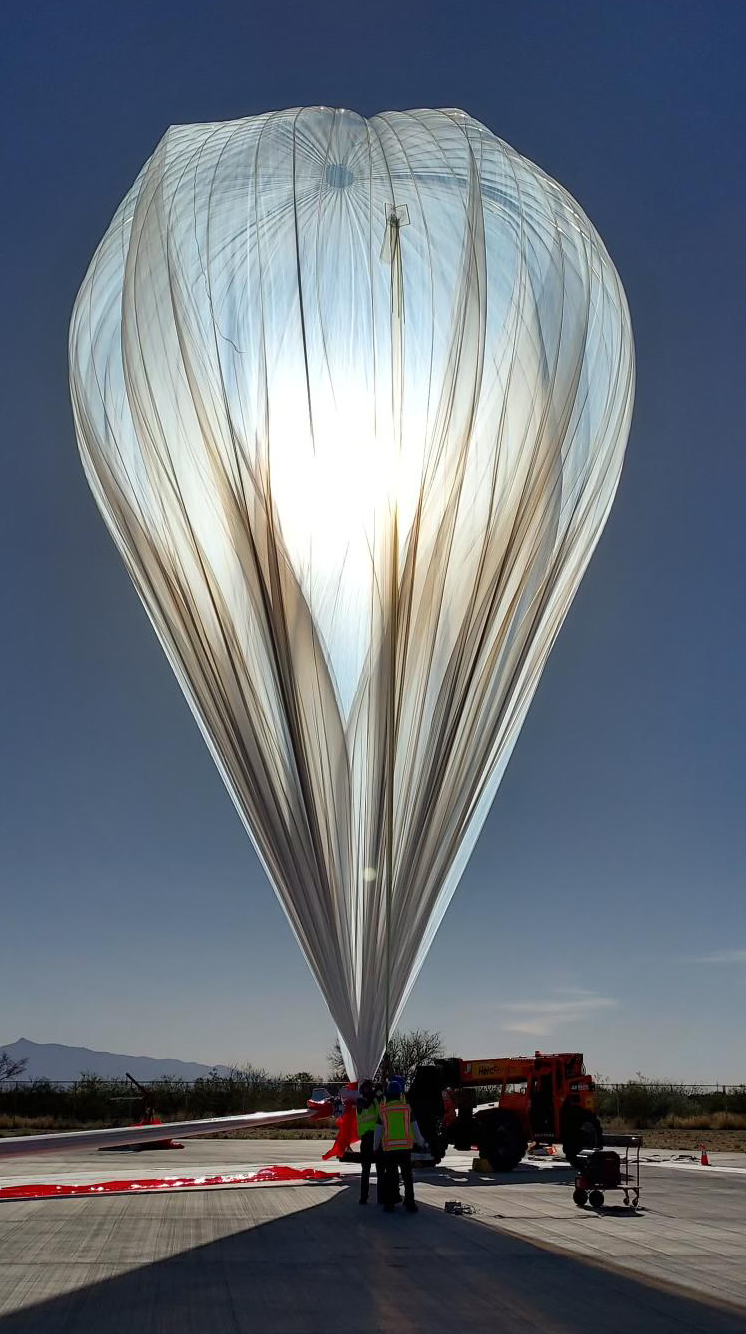
For more than a decade, NASA’s Armstrong Flight Research Center in Edwards, California, has supported development and testing efforts for the Orion spacecraft and other key elements of NASA’s Artemis missions.
NASA will soon launch Artemis I, an uncrewed flight test of the Space Launch System rocket and the Orion. It is the first of increasingly complex missions to provide a foundation for human exploration to deep space and beyond. The following list and links detail some of NASA Armstrong’s contributions.
• Center staff were in the control rooms when the Orion spacecraft launch abort system was demonstrated on July 2, 2019. They supported the Artemis Ascent-Abort-2 (AA-2) safety test, which evaluated the Orion launch abort system’s ability to carry the capsule away from a failing rocket if necessary. Here is an example.
• Before the AA-2 tests could advance, NASA Armstrong assisted with component testing and integration work.
• NASA Armstrong assists with the Orion heat shield spectrometer system for the Artemis II mission, which will be the first with astronauts. The system is designed to collect shock layer radiation data from the heat shield during atmospheric entry that will be used to enhance astronaut safety. Plans are advancing to build additional spectrometer systems for future Artemis missions.
• An advanced and more durable version of the Fiber Optic Sensing System developed to collect strain and other measurements on aircraft is working towards potential use in space.
• NASA Armstrong photographers and videographers documented the Orion parachute tests in Yuma, Arizona.
• The center’s Ikhana aircraft chronicled the Orion spacecraft launch and splashdown on Dec. 5, 2014.
• NASA Armstrong staff used an F/A-18 aircraft to evaluate an autonomous flight control system for the Space Launch System rocket in November 2013.
• The center was key in the 2010 Pad Abort-1 Orion launch abort system developmental test.
Through Artemis missions, NASA will land the first woman and the first person of color on the Moon. That mission will lay a foundation for a long-term lunar presence and serve as a steppingstone to send astronauts to Mars.



































